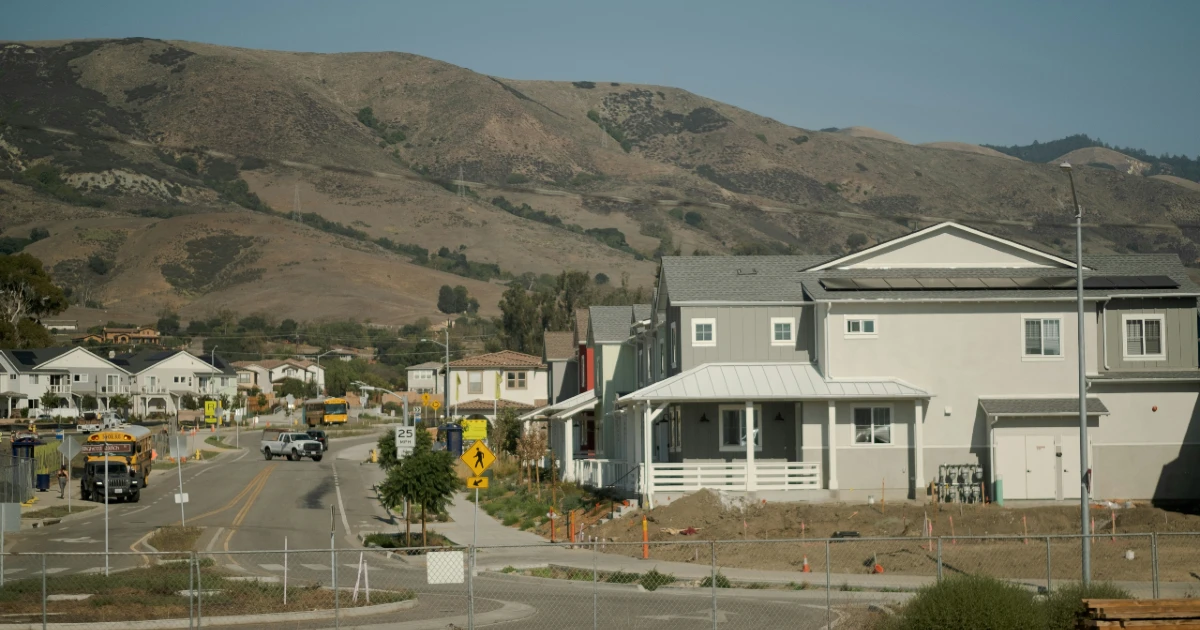When it comes to insuring your property, understanding the various types of insurance policies available is crucial. Two common policy types that often cause confusion are the HO1 and DP1 policies. While both provide basic coverage, there are significant differences between the two that every property owner should be aware of. In this article, we'll dive into the details of HO1 and DP1 policies, exploring their similarities, differences, and when each policy type might be the most appropriate choice.
What is an HO1 Policy?
An HO1 policy, also known as a Basic Form policy, is a type of homeowners insurance that provides minimal coverage for owner-occupied, single-family homes. It is a named-perils policy, meaning it only covers damage caused by the specific perils listed within the policy. These perils typically include:
- Fire or lightning
- Windstorm or hail
- Explosion
- Riot or civil commotion
- Aircraft
- Vehicles
- Smoke
- Vandalism or malicious mischief
- Theft
- Volcanic eruption
HO1 policies are generally the most affordable homeowners insurance option due to their limited coverage. However, they are not widely available, as many insurance companies have discontinued offering them in favor of more comprehensive policies.
What is a DP1 Policy?
A DP1 policy, or Dwelling Fire Form 1, is a basic insurance policy designed for landlords who rent out their properties or for owners of vacant homes. Like the HO1, it is a named-perils policy that only covers damage caused by specific events listed within the policy. The perils covered under a DP1 policy are similar to those in an HO1, with some variations depending on the insurer. Common perils covered by a DP1 policy include:
- Fire or lightning
- Internal and external explosions
- Windstorm or hail
- Riot or civil commotion
- Aircraft
- Vehicles
- Smoke
- Volcanic eruption
- Vandalism (sometimes offered as an optional endorsement)
One key aspect of DP1 policies is that they are typically written on an Actual Cash Value (ACV) basis, which factors in depreciation when calculating claim payouts. This means that if you file a claim for damage to your property, the insurance company will pay out the depreciated value of the damaged items, rather than the full cost of replacing them with new items.
What Are The Similarities Between HO1 and DP1 Policies?
Despite their differences, HO1 and DP1 policies share some common characteristics:
- Named-Perils Coverage: Both policies only cover damage caused by the specific perils listed within the policy.
- Limited Coverage: HO1 and DP1 policies offer minimal coverage compared to more comprehensive insurance options.
- Affordability: Due to their limited coverage, these policies are generally more affordable than other insurance options.
What Are The Differences Between HO1 and DP1 Policies?
While HO1 and DP1 policies may seem similar at first glance, there are several key differences between the two:
- Property Type: HO1 policies are designed for owner-occupied, single-family homes, while DP1 policies are intended for rental properties or vacant homes.
- Personal Property Coverage: HO1 policies typically include some coverage for personal belongings, while DP1 policies generally do not cover the personal property of tenants.
- Liability Coverage: HO1 policies usually include personal liability coverage, which protects the homeowner if someone is injured on their property. DP1 policies, on the other hand, do not automatically include liability coverage, although it may be available as an optional add-on.
- Replacement Cost vs. Actual Cash Value: HO1 policies are often written on a Replacement Cost Value (RCV) basis, meaning they will pay out the full cost of replacing damaged items with new ones. In contrast, DP1 policies are typically written on an Actual Cash Value (ACV) basis, which factors in depreciation when calculating claim payouts.
- Availability: HO1 policies are becoming increasingly rare, as many insurers have discontinued offering them. DP1 policies, however, remain a common choice for landlords and owners of vacant properties.
Choosing Between HO1 and DP1 Policies
When deciding between an HO1 and a DP1 policy, it's essential to consider your specific needs and the type of property you are insuring.
If you are a homeowner living in your single-family home, an HO1 policy may be a suitable choice if you are looking for basic, affordable coverage. However, keep in mind that HO1 policies are not widely available and offer limited protection. In most cases, homeowners are better served by more comprehensive policies, such as the HO3 or HO5.
If you are a landlord renting out a property or own a vacant home, a DP1 policy can provide basic protection against named perils. However, it's crucial to understand the limitations of this policy type, particularly its ACV settlement basis and lack of personal property and liability coverage. Depending on your needs, you may want to consider upgrading to a DP2 or DP3 policy, which offer broader coverage and can be written on an RCV basis.
Ultimately, the choice between an HO1 and a DP1 policy depends on your individual circumstances and the level of risk you are willing to accept. It's always best to consult with a knowledgeable insurance agent who can help you assess your needs and recommend the most appropriate policy for your situation.
In conclusion, while HO1 and DP1 policies share some similarities in their named-perils coverage and affordability, they are designed for different types of properties and have distinct differences in terms of personal property coverage, liability protection, and claim settlement basis. By understanding these differences and carefully considering your insurance needs, you can make an informed decision when choosing between these two policy types.
Sources:
- https://www.bankrate.com/insurance/homeowners-insurance/ho1/
- https://www.checkupfinancial.com/forms/DP_policies.pdf
- https://www.nj.com/personal-finance/article/what-is-an-ho-1-insurance-policy
- https://www.valuepenguin.com/types-homeowners-insurance
- https://www.insurance-education-group.com/dp1-landlord-insurance/
- https://www.insurance-education-group.com/ho1-home-insurance-policy/
- https://fixitorelse.com/types-of-properties/
- https://www.reedinsla.com/homeownes-6-types/
- https://www.doi.sc.gov/1023/Understanding-the-Types-of-Homeowner-Ins
- https://www.credible.com/blog/home-insurance/types-of-homeowners-insurance/
- http://www.insuranceplus.org/cheap-homeowners-insurance.html
- https://www.citizensfla.com/documents/20702/31371/Homeowners%2BPolicies%2BTypes/07f01be4-14e8-40b8-b5fd-51b1d5c891f0






.png)
.jpg)
.jpg)


.png)